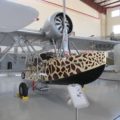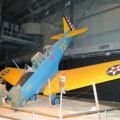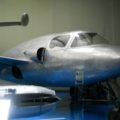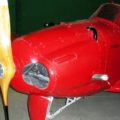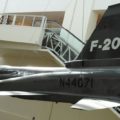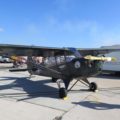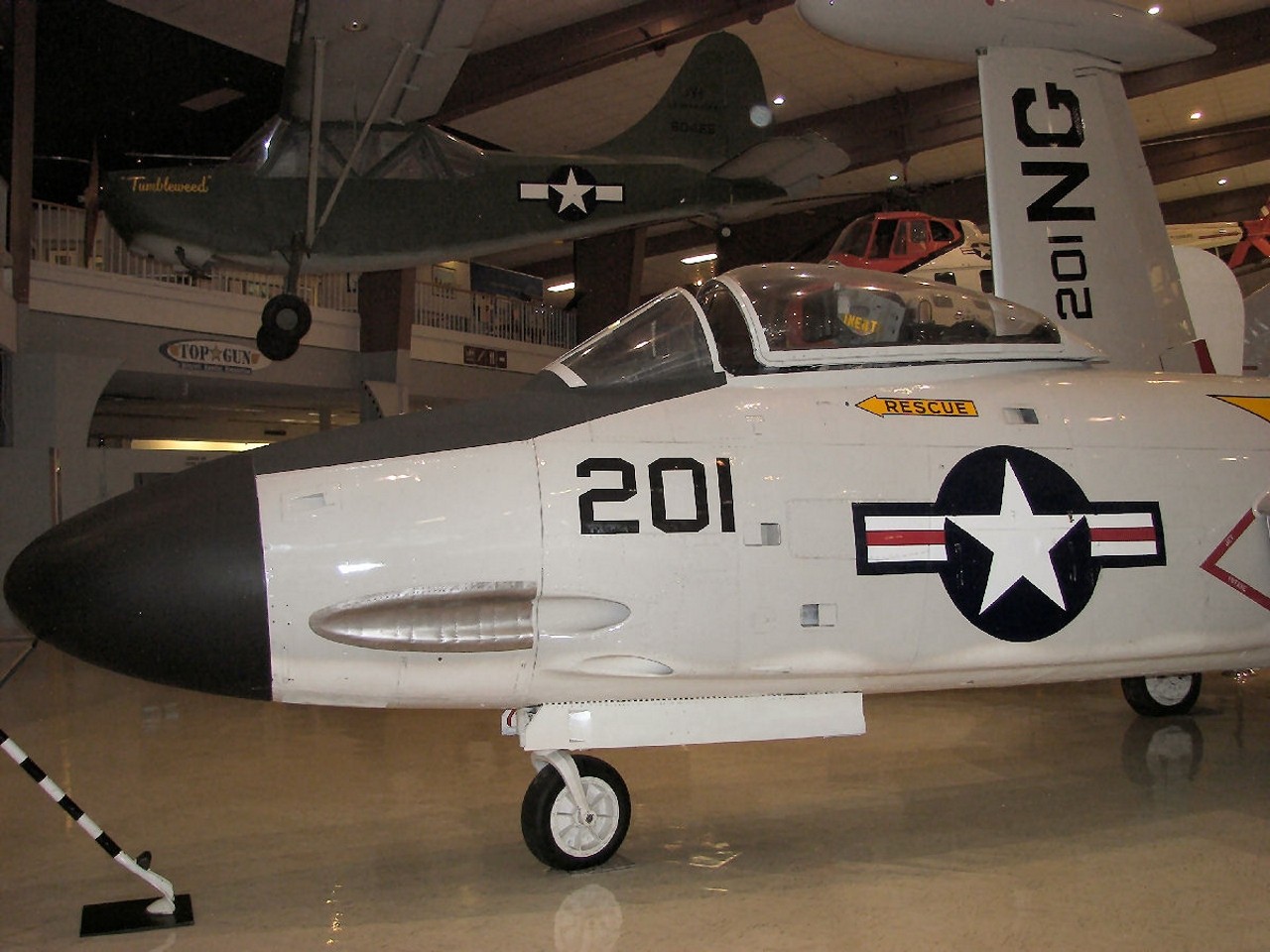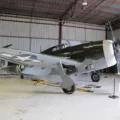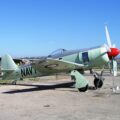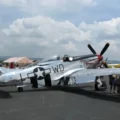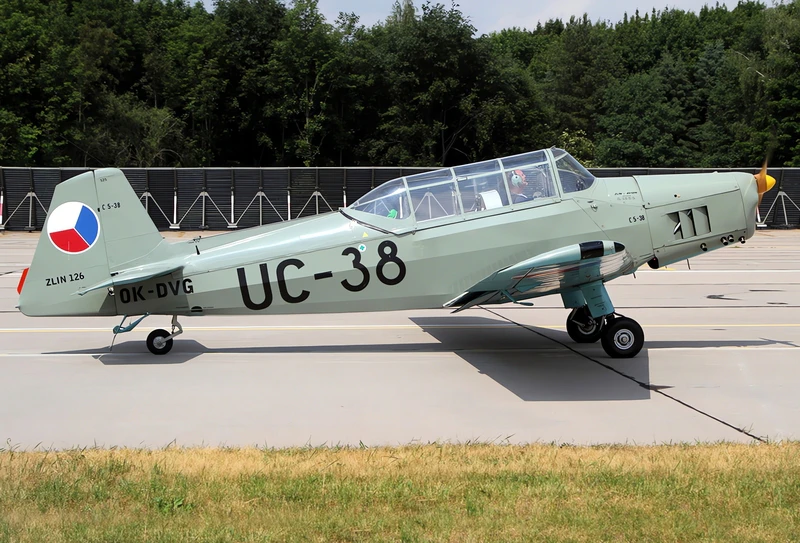
Zlin Z-26 Trener | |
|---|---|
| Zemlja | Иehoslovaиka |
| Tip | Trenažni avioni |
| Proizvodi | 1948–1977 |
| Izgradio | Nepoznato |
Čaj Zlin Z-26 Trener bio je tandem-sedište za osnovnu obuku koju je izgradila čehoslovačka kompanija Moravan. Niskokrilni monoplan uglavnom drvene konstrukcije, razvijen je u niz sve-metal trenera. Nekoliko njih je takođe proizvedeno u aerobatičkim varijantama, poznatim kao Akrobata.
Izvor: Zlin Z-26 Trener na Wikiju
| Zlin Z-126 Trener | |
|---|---|
| Fotograf | Unknow |
| Lokalizacija | Nepoznato |
| Fotografije | 100 |
Pogledajte i:
Čaj Zlin Z-26 Trener was a tandem-seat basic training aircraft built by the Czechoslovakian company Moravan in the late 1940s. It was a low-wing monoplane of mixed construction, with wooden wings and a welded metal tube fuselage, powered by a single four-cylinder piston engine, the Walter Minor 4-III. It first flew on October 20, 1947, and entered production in 1948. It was designed to replace the Bücker Jungmann and Bestmann as the primary trainer for the Czechoslovakian Air Force. The Z-26 Trener was later developed into a series of all-metal trainers with retractable undercarriage and more powerful engines. The most successful variants were the Z-326 Trener-Master and the Z-526 Trener 6, which were also used for aerobatic competitions and demonstrations. Several single-seat versions were also produced, known as the Akrobat. The Zlin trainers were exported to many countries around the world and won several awards for their performance and maneuverability. The Zlin Z-26 Trener was a versatile and reliable aircraft that served as an excellent platform for basic training and aerobatics. It had a wingspan of 10.29 m (33 ft 9 in), a length of 7.8 m (25 ft 7 in), and a height of 2.06 m (6 ft 9 in). It had a maximum takeoff weight of 820 kg (1,808 lb) and a cruising speed of 195 km/h (121 mph). It had a service ceiling of 5,300 m (17,388 ft) and a range of 485 km (301 mi). It could perform loops, rolls, spins, snaps, hammerheads, cuban eights, immelmans, split-ses etc.
Views : 611



